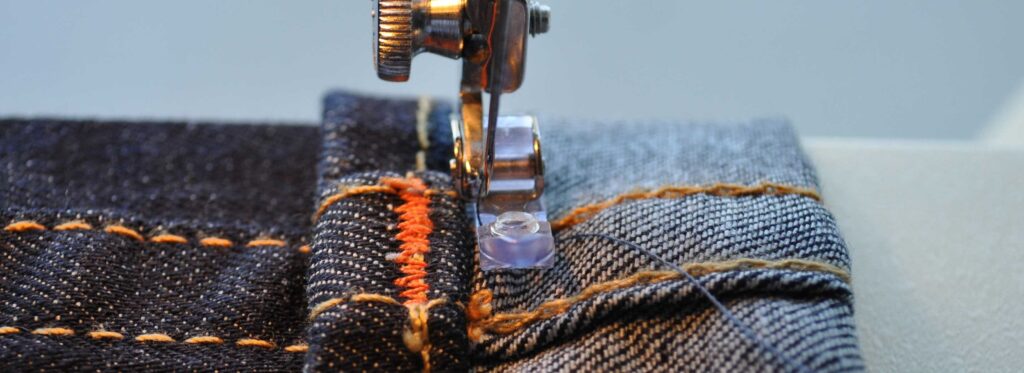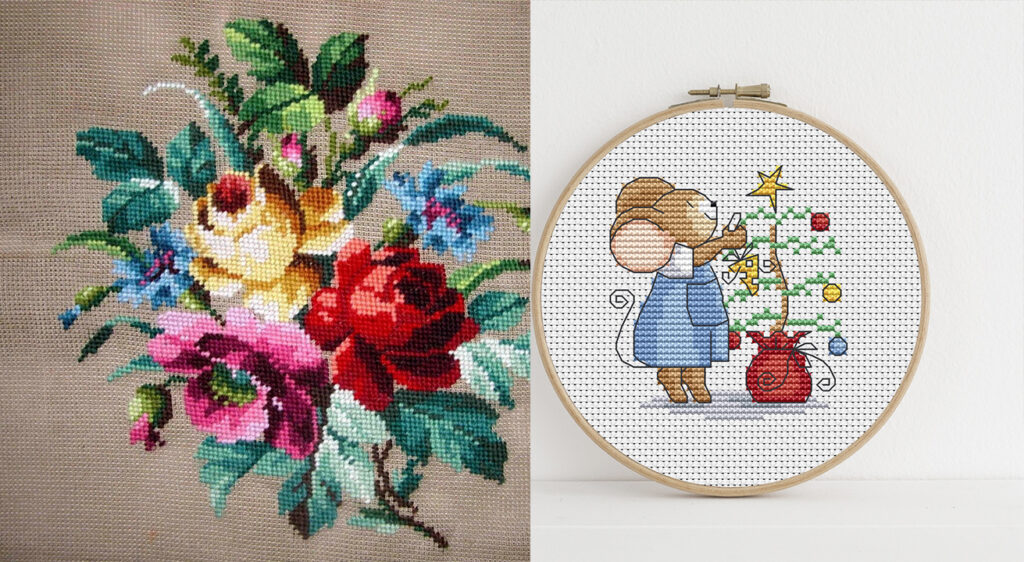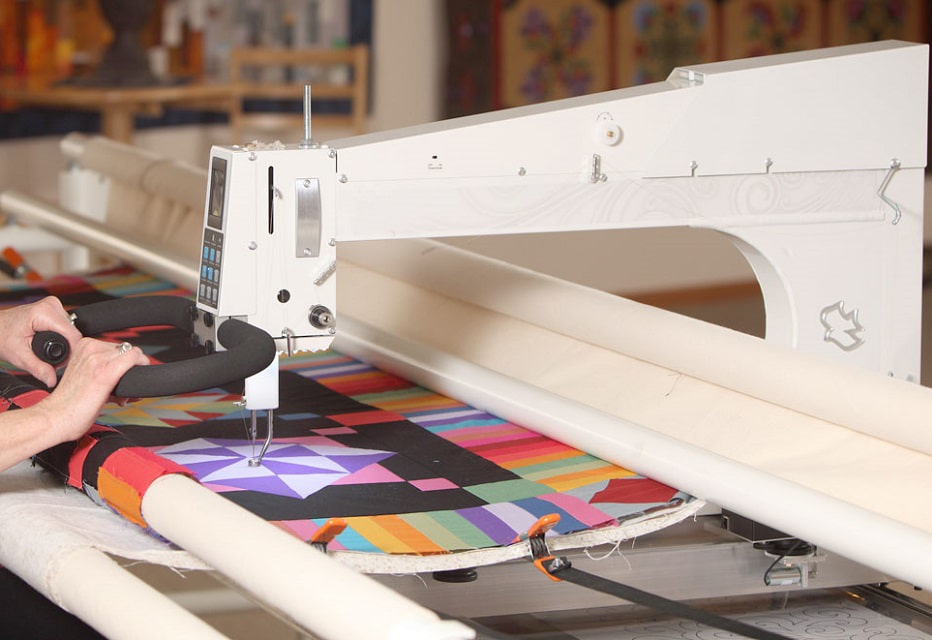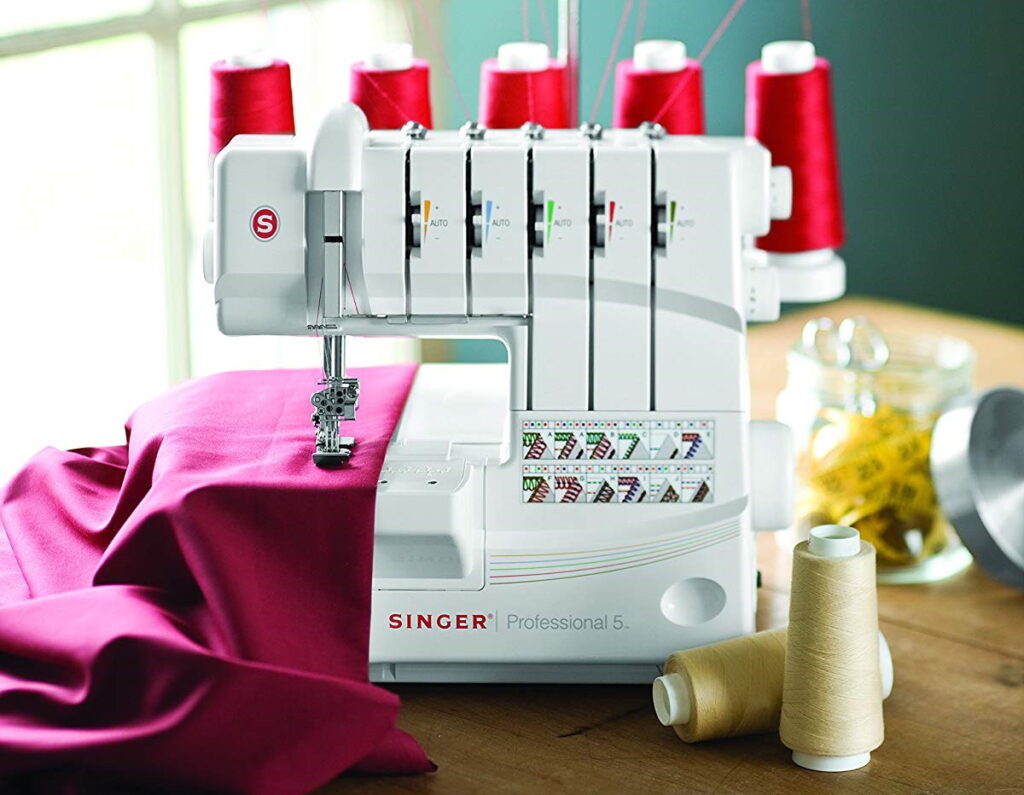With the right equipment, sewing is pure joy. You can create whatever you want and express your unique view of beauty and fashion. If you are new to sewing, our list of must-have supplies will help you to achieve excellent results with your very first project. When the time comes, and you’ve upped your skills for more advanced sewing projects, you can simply expand the list and add items for your needs.
There are so many different types of sewing machines on the market, loaded with unknown features, that novices often feel overwhelmed. Here are two primary rules to make sure you choose the right unit:
Accomplished sewers and quilters know the importance of a high-quality, durable iron. The best iron for quilting and sewing smoothes out fabric wrinkles and creases with minimal effort. This powerful device prepares the material for sewing and helps you to avoid potential mistakes and inconveniences. Every time you sew, it saves your time and energy.
We give you useful tips for choosing the right iron among all the variety of models on the market. Here are seven recommendations based on many years of experience:

Do not forget about an ironing board – this is also important for quick and effortless ironing. Let’s skip the obvious explanation and consider that a large comfortable ironing board with steady legs is better than a small or unstable one. Choose a model that is easy-to-store in your house or apartment, while also providing you with enough space to smooth the pieces of material for your projects.
In addition to a sewing machine, iron and ironing board, you’ll need the following six items:
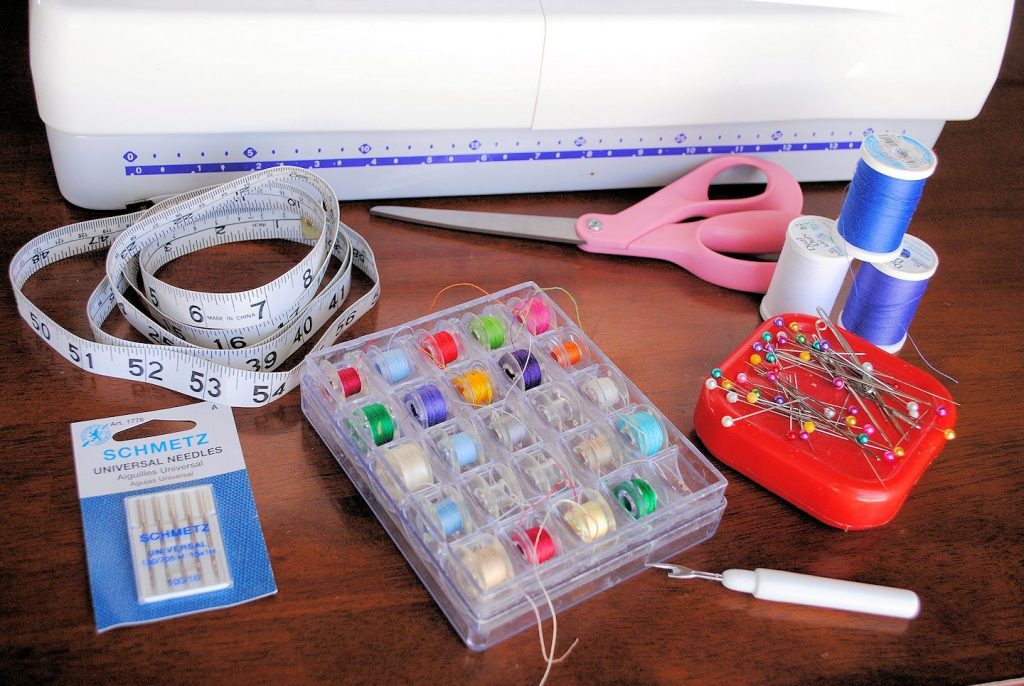
You can have a look at sewing kits in local stores or online. Some of them have an affordable price and include most of the mentioned items.
Tip! From our experience, we recommend you to buy products separately and pay attention to their quality.
If you intend to own a sewing kit, then invest some money in it. It is always wiser than grabbing a cheap low-quality set of who-knows-what. Your sewing experience will be such a pleasure with the proper devices, tools, and accessories!
Most beginners start sewing in a complete mess. Rolling bobbins, entangled threads, pieces of cloths everywhere. It’s difficult to find anything in this chaos, let alone work in it.
To avoid common problems, this is how you can keep your space in order:
You can find a wide variety of smart sewing organizers, beautiful boxes, caddies and other stuff for sewing equipment storage in local stores or online.
To feel more confident in your learning progress, you can take sewing classes. There are plenty of step-by-step lessons online and many real-life master classes. With the right teacher, everything will be easier to understand and learn.
Some newcomers take classes before buying a sewing machine and other accessories. This is a smart decision, as a teacher will be able to answer all your questions and help you to choose the perfect equipment. We gave you basic knowledge that’s worth knowing, no matter whether you will study with a teacher or not. We wish you inspiration in sewing and many successful masterpieces!


